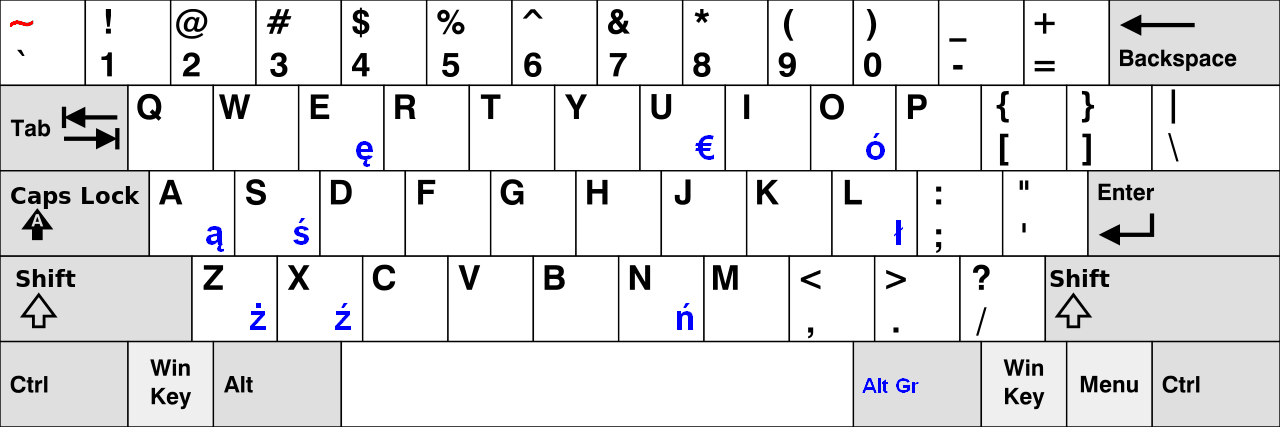How to Implement the Dilation of the Morphology of Image Processing?
How To Implement The Dilation Of The Morphology Of Image Processing?¶
Introduction
The dilation is one of the morphology. It is to fill the gap between point and point. For example, if you want to connect to another pixel. But you need a rule to process. The dilation is a good idea. Because it has a regular rule and you can control it. The means that you can set at times how much you want do it. Then, It is the dilution gradual until you don’t want to keep going.
Equipment
Operation System: Microsoft Windows 7 (64 bit)
Development Utility: Microsoft Visual Studio 2010
Usage
// The height of the image
for ( int iY = 1; iY < imageA->DibInfo->bmiHeader.biHeight - 1; iY++ )
{
// The width of the image
for ( int iX = 1; iX < imageA->DibInfo->bmiHeader.biWidth - 1; iX++ )
{
// The index of the pixel. If your bit depth is not three, you should fix it.
// This bit depth is 24 bit, so we use three bytes.
lIDXA = ( iX * 3 ) + ( iY * imageA->DibInfo->bmiHeader.biWidth * 3 );
// Get the pixel of the blue channel.
byteRGB_BA = imageA->DibArry[lIDXA+0];
// Get the pixel of the green channel.
byteRGB_GA = imageA->DibArry[lIDXA+1];
// Get the pixel of the red channel.
byteRGB_RA = imageA->DibArry[lIDXA+2];
// If we find out a black pixel, we will into dilation processing.
if ( byteRGB_BA == 0 )
{
// The matrix rang is 3 by 3
// The height is three [-1,1]
for ( int iYY = -1; iYY <= 1; iYY++ )
{
// The width is three [-1,1]
for ( int iXX = -1; iXX <= 1; iXX++ )
{
// The index of the pixel. We will fill 3 by 3 matrix in black.
lIDXB = ( ( iX + iXX ) * 3 ) + ( ( iY + iYY ) * imageB->DibInfo->bmiHeader.biWidth * 3 );
// Set the pixel is black that it is blue channel.
imageB->DibArry[lIDXB+0] = 0;
// Set the pixel is black that it is green channel.
imageB->DibArry[lIDXB+1] = 0;
// Set the pixel is black that it is red channel.
imageB->DibArry[lIDXB+2] = 0;
} // The closing "The width is three [-1,1]."
} // The closing "The height is three [-1,1]."
} // The closing "If we find out a black pixel."
} // The closing "The width of the image"
} // The closing "The height of the image"
You can download source code and binary code as below:
https://drive.google.com/file/d/0BzHb_OyLyVZlV0VuMUIxbHRTZVU/view?usp=sharing
Exception
There is a notice, if your bit depth of bitmap file are not 24 bits, you should change your bitmap files to adapt this program, or you could rewrite this source code to fit your bitmap format.
You have to install Microsoft SDK v7.1, because I include windowscodes.lib.
#pragma comment(lib, "windowscodecs.lib")
Reference
[1] Gary Bradski and Adrian Kaehler, “Learning OpenCV: Computer Vision with the OpenCV Library,” O’REILLY, September 2008, ISBN:978-0-596-51613-0
Acknowledge
Thank you (Microsoft Visual Studio 2010) very much for this great development utility.



